
Issue 3 - May - June 2018
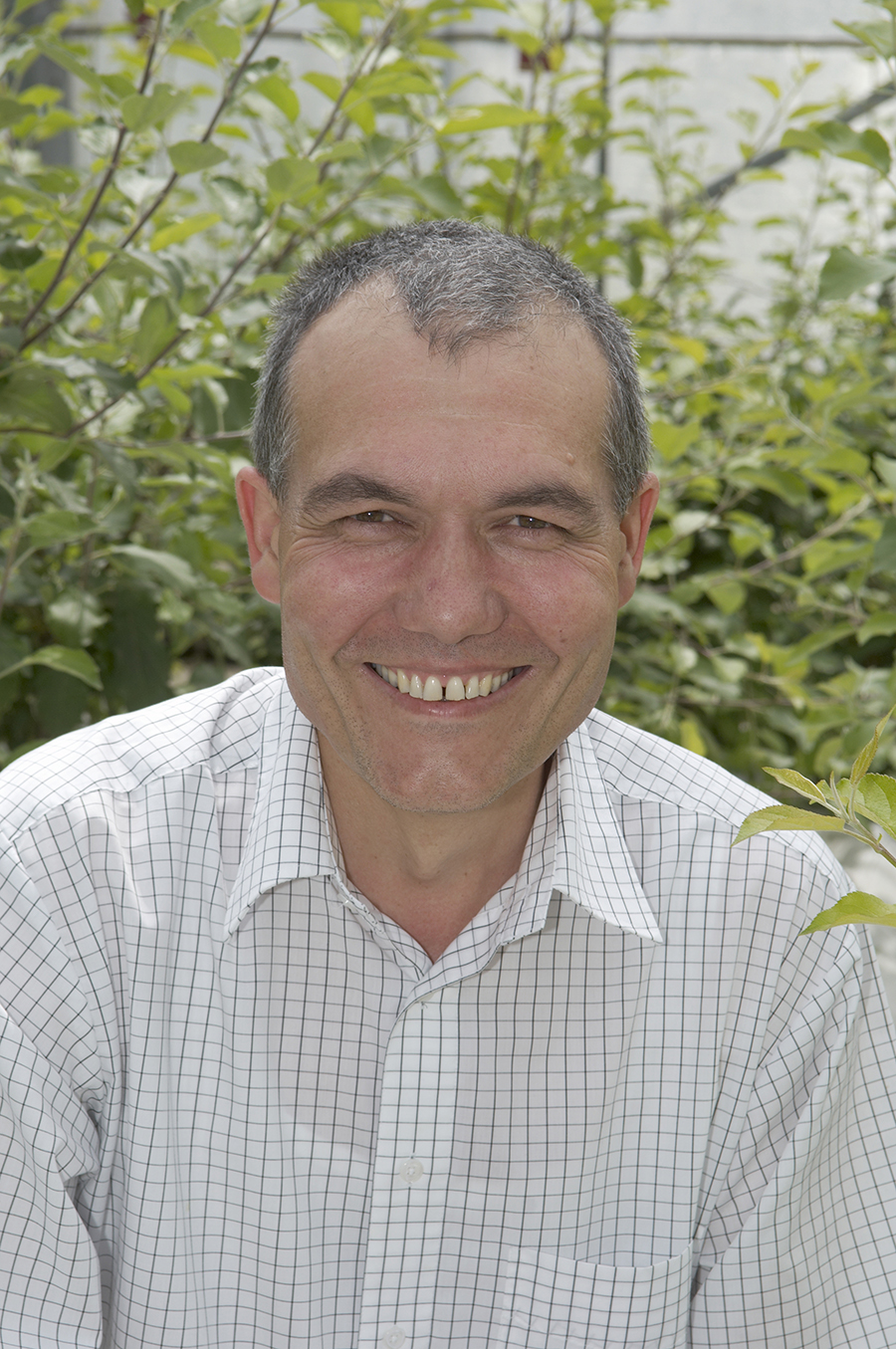
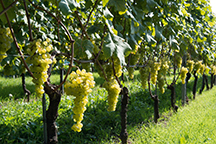
Abstract in open access
Agroscope conducted a leaf thinning trial on the Chasselas grape variety at its Pully experimental vineyard in order to assess the influence of early and intensive leaf thinning on the physiology of the vine and the quality of the harvest and wines under the conditions prevailing in the canton of Vaud (Switzerland). Early leaf thinning before fruit set reduced the production potential by more than 35%. The earlier and the more intensive the leaf thinning, the greater the reduction in yield. Conversely, leaf thinning after fruit set had no influence on yield. Fertility and vigour were reduced in the years following early and intensive leaf thinning. Thinning of vine leaves, even when done early and intensively, did not affect the composition and quality of Chasselas wines. In this trial, early leaf thinning of vines proved to be an interesting technique for controlling vigour and reducing the high yield potential of the Chasselas variety.
Keywords: Leaf removal, yield regulation, botrytis, wine composition
E-Mail: thibaut.verdenal@agroscope.admin.ch
Adress: Agroscope, 1009 Pully

Abstract in open access
The Pinot gris grape variety is cultivated in Switzerland – particularly in the Valais vineyards, where it was the subject of an extensive survey from 1993 to 1995, in a project that aimed to safeguard the biodiversity of traditional and indigenous Valais grape varieties. This campaign is the fruit of a collaborative undertaking between the Valais Cantonal Office of Viticulture, the Valais Society of Nurserymen-Winegrowers and Agroscope. One hundred sixty-two biotypes free from serious viral disease were introduced into the nuclear stock collection. Nineteen of these were subject to an in-depth examination of their agronomic and oenological suitability as part of a study collection set up at the Agroscope Experimental Station in Changins (canton of Vaud) in 2002. Their performances were compared to that of two reference clones, the Swiss RAC 18 and French ENTAV 52. Observations conducted from 2005 to 2012 allowed the identification of two particularly promising clones, RAC 56 and RAC 57, both producing relatively non-compact grape bunches less susceptible to Botrytis cinerea attack. The production potential of the RAC 56 clone is close to the average, whilst RAC 57’s is slightly lower. They have high quality potential and enable the production of wines characteristic of their grape varieties. Both clones were introduced into the Swiss certification system in spring 2017.
Keywords: Grapevine, Pinot gris, clonal selection, wine quality
E-Mail: jean-laurent.spring@agroscope.admin.ch
Adress: Agroscope, 1009 Pully
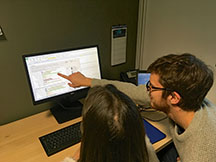
Abstract in open access
A simplified tool for environmental evaluation by life cycle assessment (LCA) adapted to viticulture was developed to make the environmental evaluation more accessible and faster for the professional actors of this sector. It makes it possible to assess and compare the environmental performances of current viticultural practices and technical management routes with alternative practices. The targeted users are in priority the actors of extension, development, research and teaching. It will help the agents of change and decision makers of the wine sector to understand how the various practices influence the environmental performance, to identify the possible environmental improvements and to guide them in their decision making for the implementation of environmental strategies.
Keywords: Life cycle assessment, ecodesign, viticultural practices, customized calculator, technical management route.
E-Mail: c.renaud@groupe-esa.com
Adress: Ecole supérieure d'agriculture d'Angers ESA, F-49007 Angers Cedex 01
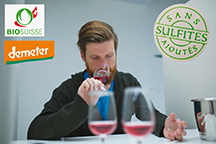
Abstract in open access
Sulfites, although naturally present in many food products, are increasingly questioned by consumers. This article focuses on the willingness of Swiss consumers to pay for wines with «no-added sulfites» and labeled organic and biodynamic. 98 consumers participated in a unique experiment where tasting and economic processes were combined. Sensory quality remained the main value for Swiss consumers. However, labels for environmentally sound practices led consumers to pay + CHF 2.00, and the mention «no-sulfite added» an increase of + CHF 1.00, on average. At this point, these results show tendencies, in the future, it is possible that this phenomenon might be more accentuated... or not.
Keywords: Willingness to pay, non-added sulfites wines, bio, biodynamic, consumers, liking
E-Mail: pascale.deneulin@changins.ch
Adress: School of Engineering at Changins
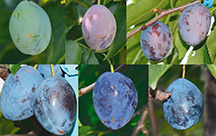
Abstract in open access
Les pruneaux sont des fruits d’été appréciés. Cependant,
ils arrivent souvent dans les rayons à un stade de
maturité à peine consommable. En Suisse, un calibre
minimal est prescrit pour chaque variété, afin de garantir
un minimum de qualité. Malheureusement, ce
paramètre s’avère un piètre indicateur de la qualité
des pruneaux. Une méthode simple de détermination
de la qualité des fruits est donc nécessaire pour fixer la
date optimale de récolte.
Keywords:
E-Mail: daniel.baumgartner-walt@agroscope.admin.ch
Adress: Agora
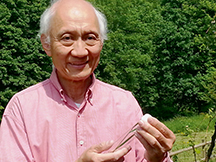
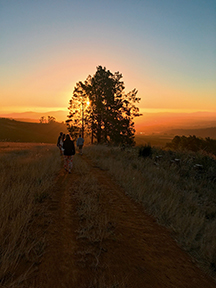


 Download of full issue
Download of full issue
 Download article
Download article